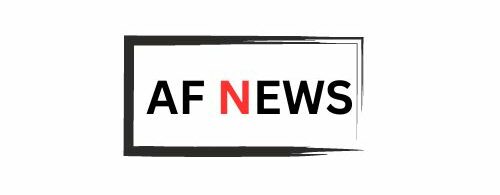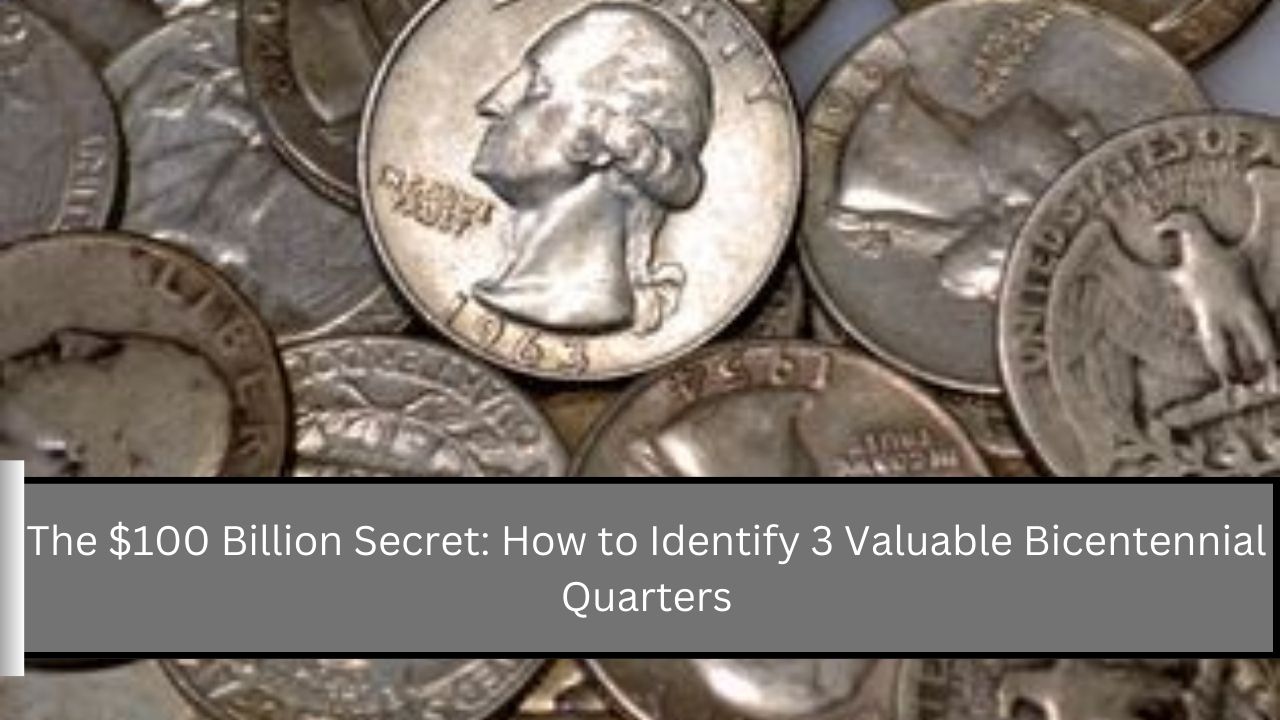Finding rare coins can be exciting and potentially profitable, especially in the world of coin collecting, known as numismatics. One special collection includes the Bicentennial quarters minted in 1976 to celebrate the 200th birthday of the United States. While many people think of these coins as just regular change, a few unique types can be very valuable. If you’re curious about what to look for, this guide will help you identify three specific Bicentennial quarters that might be worth a lot more than you think!
Understanding the Bicentennial Quarters
In 1976, the U.S. Mint produced quarters to mark the country’s bicentennial. These coins feature a unique design with a drummer boy on the reverse side, symbolizing the American Revolution. Most of these quarters aren’t worth much, but a few rare varieties can be quite valuable. Let’s look at three specific types you should keep an eye out for.
| Quarter Type | Mint Mark | Key Features | Potential Value |
|---|---|---|---|
| 1976-S Silver Proof Quarter | S | Made of 40% silver, mirrored finish | Thousands of dollars |
| 1976-D Double Die Obverse Quarter | D | Noticeable doubling on “Liberty” and date | Tens of thousands of dollars |
| 1976 No Mint Mark Quarter | None | Struck without a mint mark, rare | Impressive prices |
1976-S Silver Proof Quarter
One of the most sought-after varieties is the 1976-S Silver Proof quarter. This quarter was made especially for collectors and is made from 40% silver, giving it a shiny, mirrored appearance. To identify this coin, check for the “S” mint mark, which is located just above the year on the front side (the obverse).
If you find a 1976-S Silver Proof quarter in excellent condition, it can be worth thousands of dollars! Its rarity and metal content make it a prized possession for collectors.
1976-D Double Die Obverse Quarter
Another valuable find is the 1976-D Double Die Obverse quarter. This coin is famous for a minting mistake that causes some of the designs to be doubled. To spot this coin, closely examine the word “Liberty” and the date on the front. If you see any noticeable doubling, you might have found a rare coin!
Well-preserved examples of the 1976-D Double Die Obverse can sell for tens of thousands of dollars. This makes it highly desirable among collectors and a fantastic addition to any collection.
1976 No Mint Mark Quarter
The 1976 No Mint Mark quarter is another special coin to watch for. Unlike the other two, this quarter has no mint mark at all, which makes it rarer than both the D and S versions. To identify it, look for the same design but without the “D” or “S” above the year.
If you find a 1976 No Mint Mark quarter in good condition, it can also fetch impressive prices. Its scarcity makes it highly desirable among collectors, so don’t overlook it!
How to Spot Valuable Bicentennial Quarters
When searching for these rare coins, there are a few tips to keep in mind:
- Check Your Change: Look through your spare change or old coin collections. You might be surprised at what you find!
- Use a Magnifying Glass: A magnifying glass can help you see details clearly. This is especially useful for spotting the doubling on the 1976-D Double Die Obverse.
- Compare with Images: Online resources can show you what these coins look like, which can help you identify them more easily.
- Join a Coin Community: Connecting with other collectors can provide tips and help you learn more about what to look for.
- Get Professional Help: If you think you have a rare coin, consider getting it appraised by a professional. They can give you a more accurate idea of its value.
While most Bicentennial quarters may seem ordinary, the 1976-S Silver Proof, 1976-D Double Die Obverse, and 1976 No Mint Mark quarters hold the potential for substantial value. By knowing how to identify these rare coins, you can uncover a $100 billion secret that could lead to a lucrative addition to your collection. So, take the time to examine your spare change—you might just find a hidden treasure waiting to be discovered!
Conclusion
Coin collecting can be a fun and rewarding hobby, especially when it involves searching for valuable pieces like the Bicentennial quarters from 1976. Remember that not all coins are created equal, and knowing what to look for can make all the difference. By familiarizing yourself with the characteristics of the 1976-S Silver Proof, 1976-D Double Die Obverse, and 1976 No Mint Mark quarters, you open the door to potentially finding a coin worth a lot of money. So keep exploring your change and remember, the next coin you find could be the key to a new and exciting discovery!
Frequently Asked Questions (FAQs)
1. What are Bicentennial quarters?
Bicentennial quarters were minted in 1976 to celebrate the 200th anniversary of the United States. They feature a unique design with a drummer boy on the reverse side and are made from standard copper-nickel.
2. Why are some Bicentennial quarters worth so much?
While most Bicentennial quarters are common and have little value, specific varieties, like the 1976-S Silver Proof, 1976-D Double Die Obverse, and 1976 No Mint Mark, are rare. Their unique features and limited minting make them valuable to collectors.
3. How can I tell if my Bicentennial quarter is valuable?
To determine if your quarter is valuable, look for the mint mark and check for specific features like doubling on the 1976-D Double Die Obverse. A magnifying glass can help you examine these details closely.

